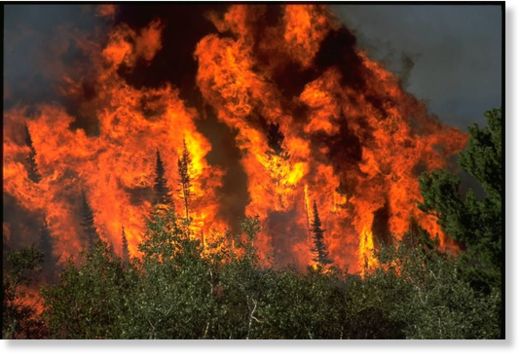OF THE
TIMES
History will have to record that the greatest tragedy of this period of social transition was not the strident clamor of the bad people, but the appalling silence of the good people.
Attesting the level of competence of IDF personnel. Or better, the lack thereof. Several professional commentators have noticed the very poor...
Up until now Türkiye has sent everything to Israel in the ships owned by the sons of Recep.
A guy in Sweden believes that.... Talk about Fear Porn. Let's move on.
Whitney Webb wrote a 2 volume book titled One Nation Under Blackmail . This book examines the Jeffrey Epstein child sex trafficking and abuse and...
NYU professor: 'College Students Are Protesting Against Israel Because They Aren't Having Enough Sex' Actually he could state „…because they...
To submit an article for publication, see our Submission Guidelines
Reader comments do not necessarily reflect the views of the volunteers, editors, and directors of SOTT.net or the Quantum Future Group.
Some icons on this site were created by: Afterglow, Aha-Soft, AntialiasFactory, artdesigner.lv, Artura, DailyOverview, Everaldo, GraphicsFuel, IconFactory, Iconka, IconShock, Icons-Land, i-love-icons, KDE-look.org, Klukeart, mugenb16, Map Icons Collection, PetshopBoxStudio, VisualPharm, wbeiruti, WebIconset
Powered by PikaJS 🐁 and In·Site
Original content © 2002-2024 by Sott.net/Signs of the Times. See: FAIR USE NOTICE

Reader Comments
to our Newsletter